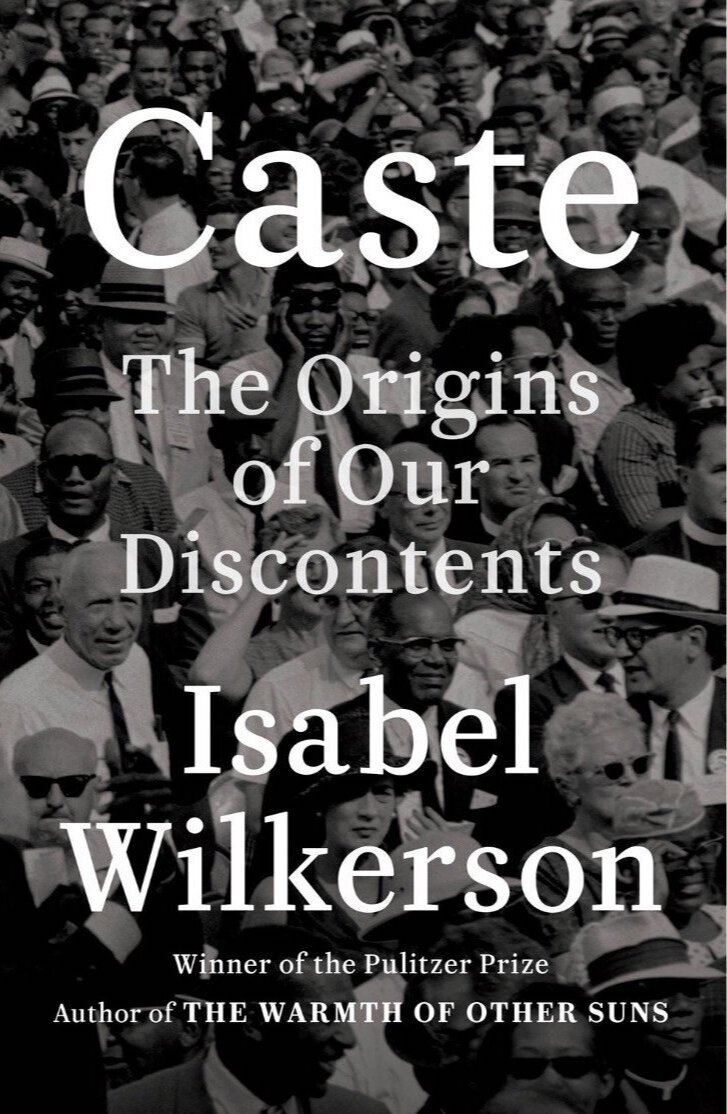Book Review: Caste: The Origins of our Discontents by Isabel Wilkerson
November 2020
For those seeking a more historically grounded understanding of the experience of African Americans in our cities today, there is perhaps no better place to start than Isabel Wilkerson’s Warmth of Other Suns: The Epic Story of America's Great Migration (2010). There, she tells the story of the migration of six million African Americans from Southern states to cities throughout the rest of the United States during the first half of the twentieth century. As she does so, she describes the conditions and hardships experienced by colored peoples under the system of hierarchy and enforcement created by what today day we call the Jim Crow South, including lynchings, cross burnings, and other acts of intimidation and terrorism. As she continues her account, she shows how even in their new lives in Northern cites and states, Black Americans continued to experience hostility and stigmatization arising from an unstated but nevertheless ever present hierarchization of society that followed them wherever they went.
Now, in Caste: The Origins of our Discontents (2020), Wilkerson takes a closer look at what lies underneath, and suggests that we might be better served in our understanding and analysis of our history and present situation if we used the language and categories of caste, which she describes as “the granting or withholding of respect, status, honor, attention, privileges, resources, benefit of the doubt, and human kindness to someone on the basis of their perceived rank or standing in the hierarchy.” In her view, while we may use ‘race’ to refer to people as black or white or Latino or Asian or indigenous, what really lies beneath each label is type of caste system that uses “rigid, often arbitrary boundaries to keep ranked groupings apart, distinct from one another and in their assigned places”.
Wilkerson is aware that this may sound like a foreign language, but she presses her case because “to truly understand America, we must open our eyes to the hidden work of a caste system that has gone unnamed but prevails among us to our collective detriment, to see that we have more in common with each other and with cultures that we might otherwise dismiss, and to summon the courage to consider that therein may lie the answers.” While readers may not always agree with her often times provocative proposals and assessments, they will certainly find in this book a refreshing new approach by which to view and discuss the history of our nation and the social questions being asked in our society today.
